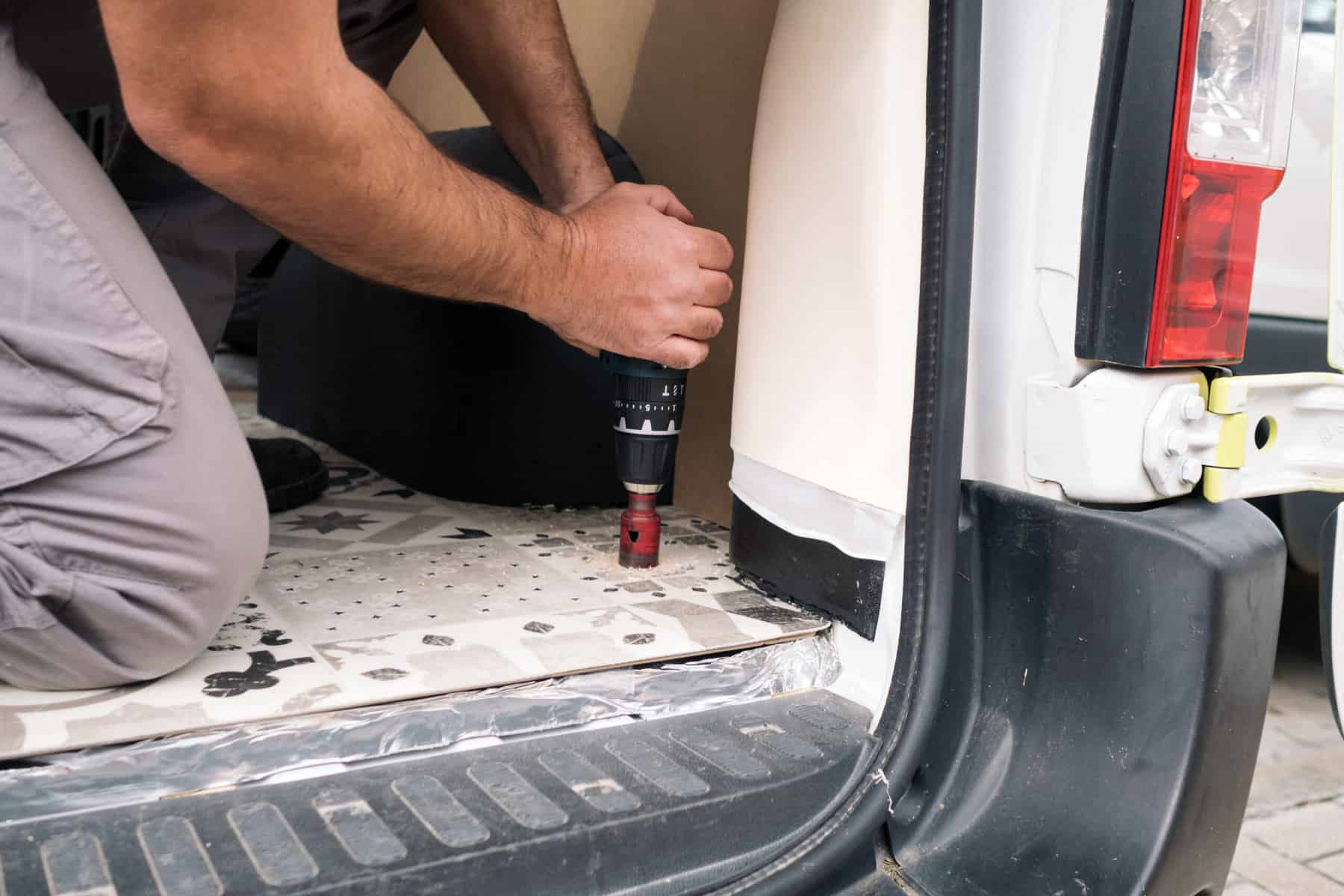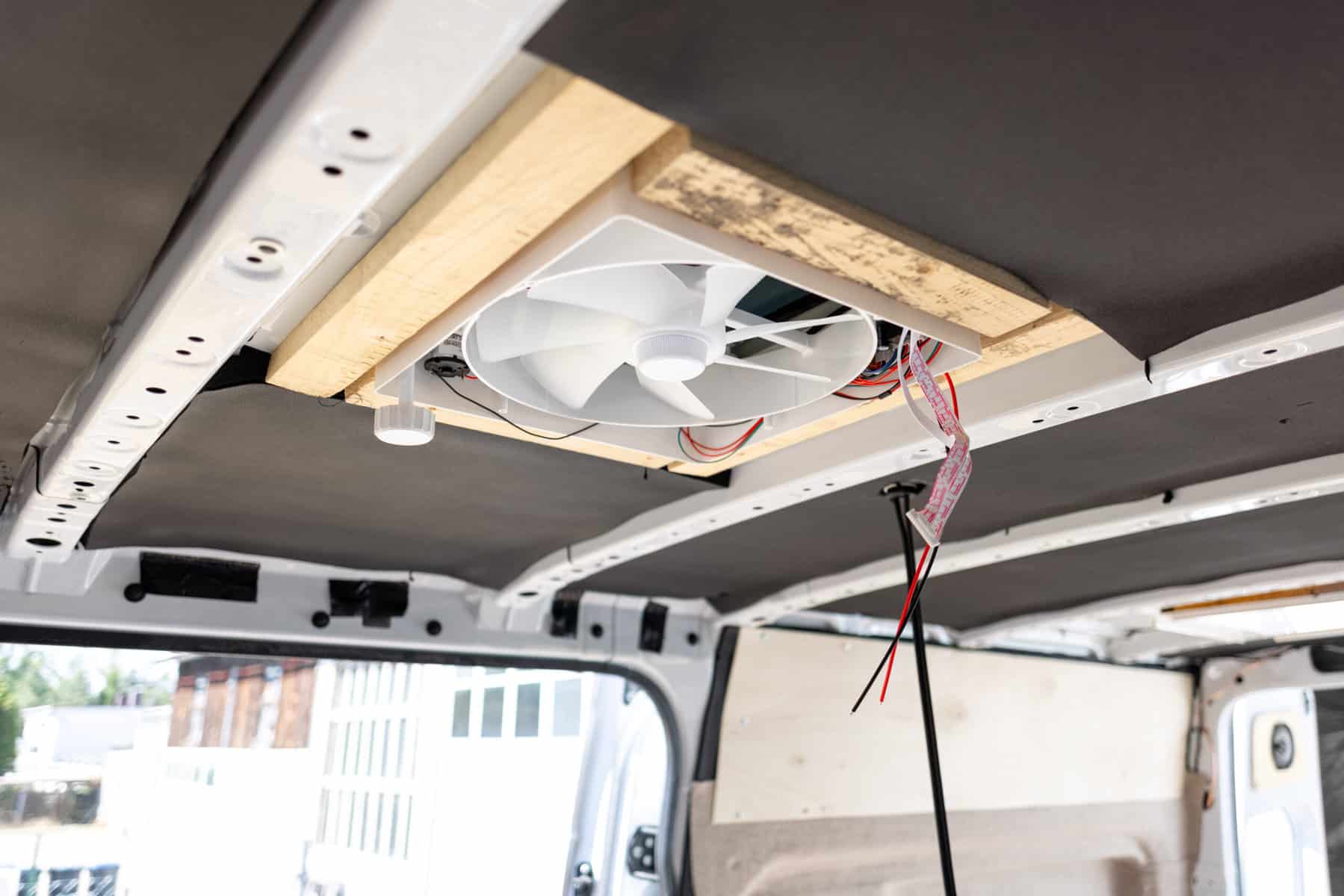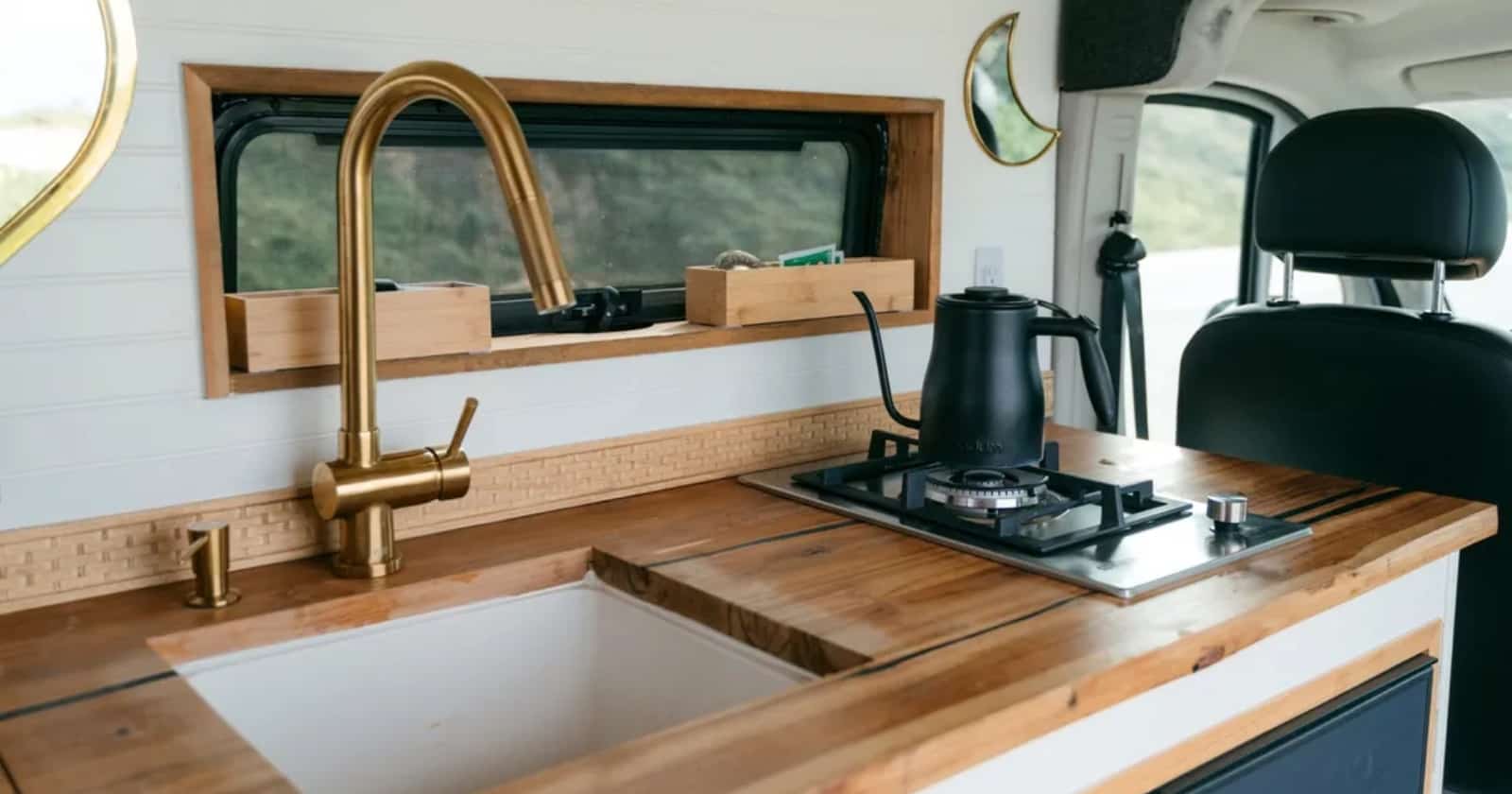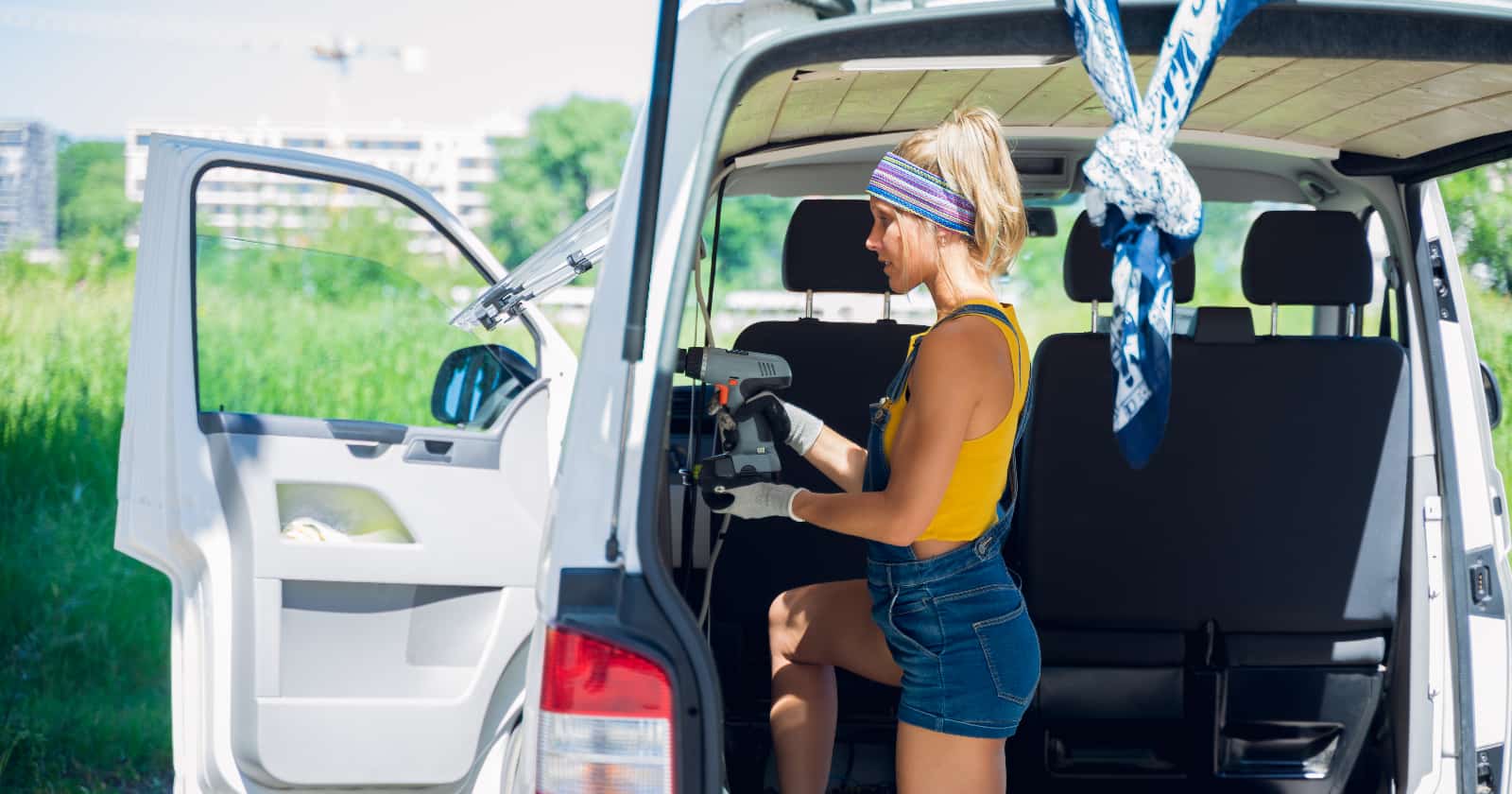Avoid These Critical Van Build Mistakes for A Successful Build
Starting your camper van conversion is an exciting time, and there are many decisions to be made. The esthetic and floorplan are two things that will be at the forefront of your mind. These considerations, especially floorplan, are important. However, many things can make or break a van build that could be overlooked. Don’t make the following van build mistakes when planning your build.

Many of the key features of a build are unseen or take place in the initial stages. Long before you are choosing floor coverings or paint colors, there are some critical decisions to make about what your van will be. You want to avoid costly van build mistakes, even on a first build.
A project as large as a camper van conversion takes careful planning and, in the end, needs to suit you and your needs. During the exciting first stages of a build, it can be easy to miss some important features that can be difficult to add after.
Here are some mistakes made on first-time builds that can ruin your camper van conversion or at the very least, make it less enjoyable.
1. Not Insulating Your Camper Van
The thin metal walls and roof of a van provide very little insulation from hot and cold and can actually amplify both. Not insulating your camper van is considered by most one of the worst van build mistakes.
There are a couple of reasons why insulating your van may be overlooked. Some people think since they live in, or plan to travel in, warm weather, they won’t be cold and don’t require insulation. The thing about insulation is it works the same for heat as it does for cold. A metal van in the sun becomes a sauna. Not a relaxing spa sauna, but a can’t sleep dog panting van sauna.
Air conditioning in your van works much better if you aren’t losing the cool air and matching it with heat radiating into the van. Even in warm weather, air-conditioned vans benefit from insulation. Eliminating cold weather from your travel plans limits where you can travel. There are also places that get colder at night than people assume.
Your camper van travel plans may change over time as well. Just because you start out in sunny California doesn’t mean someday you won’t want to explore the beauty of Maine in the fall. Since insulation is one of the first steps in a build, adding it after the fact means a complete teardown.
2. Forgetting To Add Circulation Fans
Cutting holes in the side or roof of a new van, or any van for that matter, can be nerve-racking! It is, however, required for a proper van build.
A misconception about roof fans is that they are just for cooling off the inside of the van. While it can definitely feel nice on a cool evening to pull in some cool fresh air, fans have another more important job.
Air circulation is key to a comfortable van that will last for years. Improper airflow and moisture are two things that will quickly break down your camper van. Moisture not only gives your van a damp uncomfortable feel, but it will also eventually lead to mold.

The work and care it takes to cut an opening for a fan or multiple fans are well worth not having to track mold and mildew damage. By the time you notice possible moisture damage, there is usually much more behind the surface.
Being able to pull fresh air in and stagnant air out will provide a much more comfortable van and one that lasts years without damage.
3. Underestimating Power Usage
Some people may head into the wilderness with nothing but a 12-volt battery and be fine. Most of us, though will require more power and conveniences.
Calculating your power needs is important whether you are going the solar route or traditional power. More critical for extended travel and full-time living, even short-term power usage can be surprisingly high. At a minimum, most people will want the ability to charge cell phones and laptops.
The power available from your van is 12-volt DC. Most accessories and appliances will require 110-volt AC power, we use inverters to convert the power. The size of the inverter you select, or the number of solar panels you use will be the limit to your power.
Online calculators are available for estimating power usage for both solar and traditional sources. When in doubt, overestimate. You may add to your van over time and want the extra power.
4. Buying The Wrong Van
This is likely the most costly mistake but one commonly made by eager van buyers. There is no particular van that is the best van. However, there are vans better suited for your needs.
The most important things to consider are what your plans are both for the van itself and where you intend to travel. A weekend camper van is very different from a full-time living van. The same goes for campground camping versus boondocking through rough terrain.
With your plans in mind, you need to consider your floor plan. If you want a stand-alone bed, bathroom, and dedicated closet, your typical regular wheelbase van isn’t going to do. The ability to stand in your van shouldn’t be underestimated. Van life will be less attractive for someone crunched over for weeks at a time.
Make sure the van you choose is large enough for what you want to include in the layout. You don’t need a new van but you do want a reliable van, especially for full-time and extended travel. Parts and service availability for your particular van should also be considered.
An expensive option is 4×4 and due to the cost, many people choose to pass on having 4×4. If you plan on doing more exploring in rough remote areas or bad weather driving, 4×4 should be a serious consideration.
5. Choosing A Floorplan That Won’t Work
Laying out your camper van conversion is a fun part of the build. This is where you start to envision how everything will look. Vans are small spaces, so having a floorplan that provides you with everything you need will take some planning.
It can be hard for some people to really see something until it is complete. If you are part way through your build and need to change the layout, it is much easier at this point rather than after everything is done.
When planning your van layout, the major things to consider are electrical and plumbing. Both can be difficult to alter in a completed van. When you have your initial layout decided upon, look at where electrical and plumbing will be located.
Your van will have its own electrical, structural supports, fuel lines, exhaust components, and more to consider. Closely inspect anywhere you will need to run electrical or plumbing. Don’t cut any holes or finalize any plans until you confirm there is nothing that will be compromised on the van.
A camper van conversion is a huge project and can be overwhelming for sure. First-time builds are easily sidetracked by the excitement of finishing and hitting the road. It is important, however, to have a plan and follow it as closely as possible to avoid major van build mistakes.
Don’t Let Fear Of Van Build Mistakes Stop You
Not every build will be perfect, and any camper van owner will be able to tell you something they would change. Make sure you have a solid build with the essentials, and small modifications can be made along the way.



